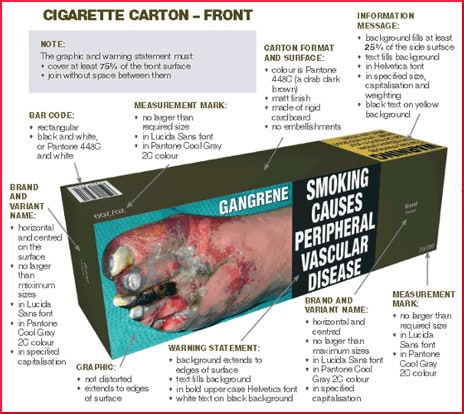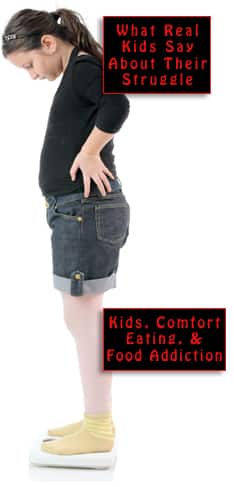Yesterday, Childhood Obesity News looked at the United Kingdom, where the idea of taxing junk food and sugar-sweetened beverages has been tossed around but has met with little enthusiasm. Other countries also struggle with these issues, including Ireland and Australia.
Obesity experts from the World Health Organization, fluent in the language of statistics, are able to extrapolate from current trends and make projections about which country will be the most obese in any given year. They have predicted that by 2030, the fattest population will be found in Ireland. Among the Irish, many people in charge of public policy would like to discourage the consumption of sugar, saturated fat, and salt. Naturally, they ask whether a “fat tax” might be the answer.
As usual, opponents claim that implementation of a tax would not affect obesity levels, and would be bad for the economy, because consumers would adapt by organizing shopping expeditions to neighboring areas (mainly England) where no such extra fees are charged.
The Fine Gael political party has pointed out the parallels between tobacco and junk food, and has suggested plain packaging for junk food would eliminate the alluring imagery that pulls children in to a purchase. (Ireland recently passed a law requiring plain tobacco packaging with graphic descriptions of the harm smoking causes.)
The factions arguing against plain snack wrappers complain that it would be more difficult for them to enforce their brands and distinguish their products from those of competitors. In their eagerness to explain why plain wrappers are such a bad idea, they seem to be scraping the bottom of the barrel by warning that it will “make counterfeits easier to produce”—as if a huge underground industry would spring up to flood the market with bogus candy bars in plain wrappers.
It is believed that generic cigarette packs discourage the young, because for them brand identity is part of the magic of smoking. Warnings that list specific diseases are thought to help too. Australia beat Ireland to the punch by printing repulsive photos of medical conditions on cigarette packs.
The first thorough evaluation of Australia’s new style was only completed a few months ago, and was a compilation of 14 different studies. It showed a “statistically significant increase” in the number of people thinking about quitting tobacco, or actually trying to. After plain packaging came in, 7 percent more people made quit attempts, which actually doesn’t sound that impressive. Then again, it’s early days, and every life counts.
Your responses and feedback are welcome!
Source: “Cantillon: Is ‘fat tax’ idea the thin end of the wedge?,” Irishtimes.com, 05/07/15
Source: “Ireland passes plain packaging bill for cigarettes.” Guardian.com, 03/03, 2015
Source: “Australia’s plain packaging laws successful, studies show.” ABC.net.au, 03/18/15
Image by Australian Government Dept. of Health


 FAQs and Media Requests:
FAQs and Media Requests: 











